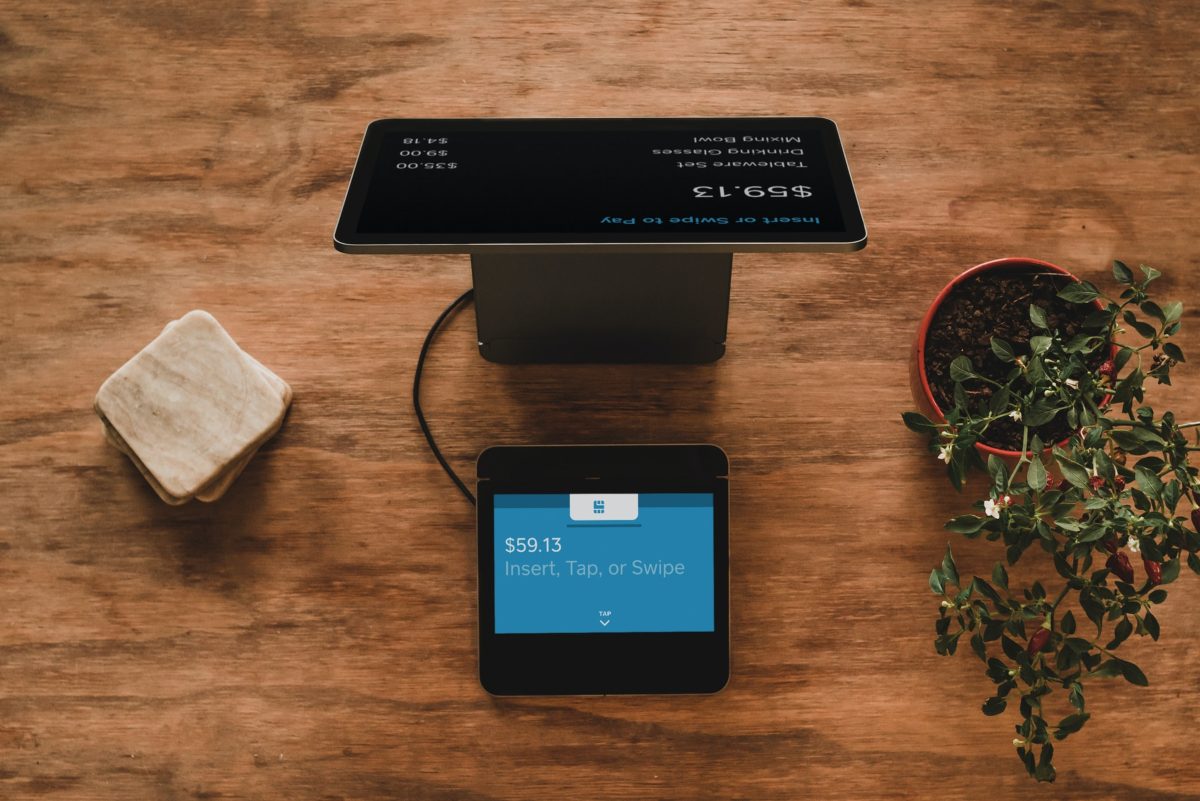How Data Governance Drives Successful Business Results
…

This blog, originally published in May 2021, was updated in July 2023.
Since this article was published, the Domo Sandbox and Governance Toolkit now allow for easier governance and governance automation of Domo. Additionally, the number of Domostats metadata reports has doubled, and we are in the midst of a Domostats Quickstart refresh. Moving forward, you can expect to see more product development focused on governance automation and enablement.
The Data Governance Institute (DGI) defines data governance as “a system of decision rights and accountabilities for information-related purposes, executed according to agreed-upon models that describe who can take what actions with what information, and when, under what circumstances, using what methods.”
In other words, it’s a framework for how data can be used within an organization. But for some reason, most organizations don’t do data governance very well.
Why? For starters, people, for the most part, don’t like to be governed. They like freedom. But when it comes to data, total freedom can be a recipe for disaster, as it opens up organizations to security issues.
To avoid such problems, and to position themselves for success, businesses must balance two ends of a divergent spectrum—the one that represents guidelines and control, and the one that stands for access and empowerment.
What’s the first step to ensuring data governance?
There’s no exact answer. But the consensus among those I’ve talked to who handle data management strategies at industry-leading enterprises is that the first step should involve one of the following:
- Ensure data quality. Because without it, trust goes by the wayside, making it impossible to make critical decisions with confidence.
- Establish definitions and naming conventions. Setting such standards ensures uniformity and accuracy while offering accountability and consistency. It also makes it easier to “find the data.”
- Embrace a shopkeeper’s attitude. Being a gatekeeper is not the answer. Be a shopkeeper who supports customers while keeping control of the store.
- Understand people’s needs. Ask yourself, “What do people need to be able to do? And how can I best meet those needs?” Then, go from there.
In short, embark on the journey with the idea that you want to create a culture where people can explore and innovate responsibly.
How do I get everyone on board?
Once you’ve taken the first step, then it’s time to build some momentum. Don’t be afraid to use existing architecture; this initiative doesn’t have to be a start-from-scratch endeavor that requires money the organization may not have.
Also, do consider competitions and incentives; there’s no harm in rewarding people for making sure data is populated correctly and consistently.
Lastly, make sure that governance is a part of every person’s goals throughout the year. If, at the end, someone can say, “I cleaned up 78 datasets that weren’t used anymore, and I renamed everything to fit naming conventions,” then so much the better.
Any other governance tips and tricks?
Definitely. Based on conversations I’ve had over the years with data governance specialists, it helps to automate as much as possible.
“The more you can automate,” one analyst told me, “the more it can bubble up the conversations to have, so you can be more effective with what you’re going after.”
Also, never connect your source datasets to any of your production data flows. Put a layer of protection between your sources and your flows. “That’s where you centralize all of your validity,” another expert said.
Thirdly, understand that sometimes it just comes down to human interactions. Create a governance council, and have meetings—or, at the very least, set up a chat room where people can go to ask questions. This enhances the trust factor.
Another recommendation: Experiment with the certification feature that modern BI platforms like Domo have. Once you have a certified set of people who can get into all the datasets, you can start killing the older datasets.
“I’ve found that attaching a little watermark or seal to those certified reports creates a whole new culture in the organization,” said a data governance guru for a major manufacturer of simulation technologies. “A culture of governance.”
It can be time-consuming to manually track governance-related events. To help with this, many modern BI platforms provide datasets that you can use to measure data governance. Common governance reports include platform engagement, new dashboards created, and data flow refresh failure rate.
Lastly, embrace the fact that you’re never finished with data governance. You’re always in the middle of the journey—or, in another layer of the onion—and the best way forward is just to keep moving forward.
Learn more about making data accessible while ensuring complete security and control.






















